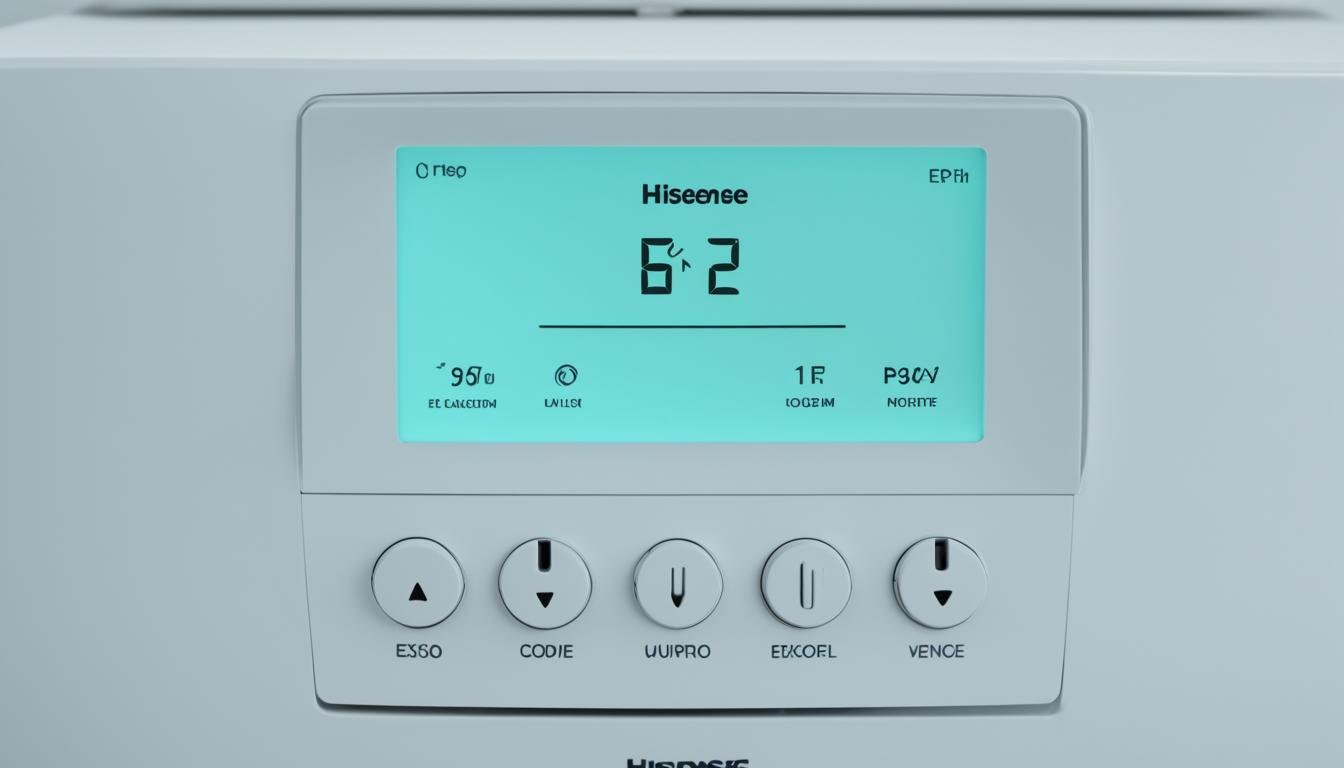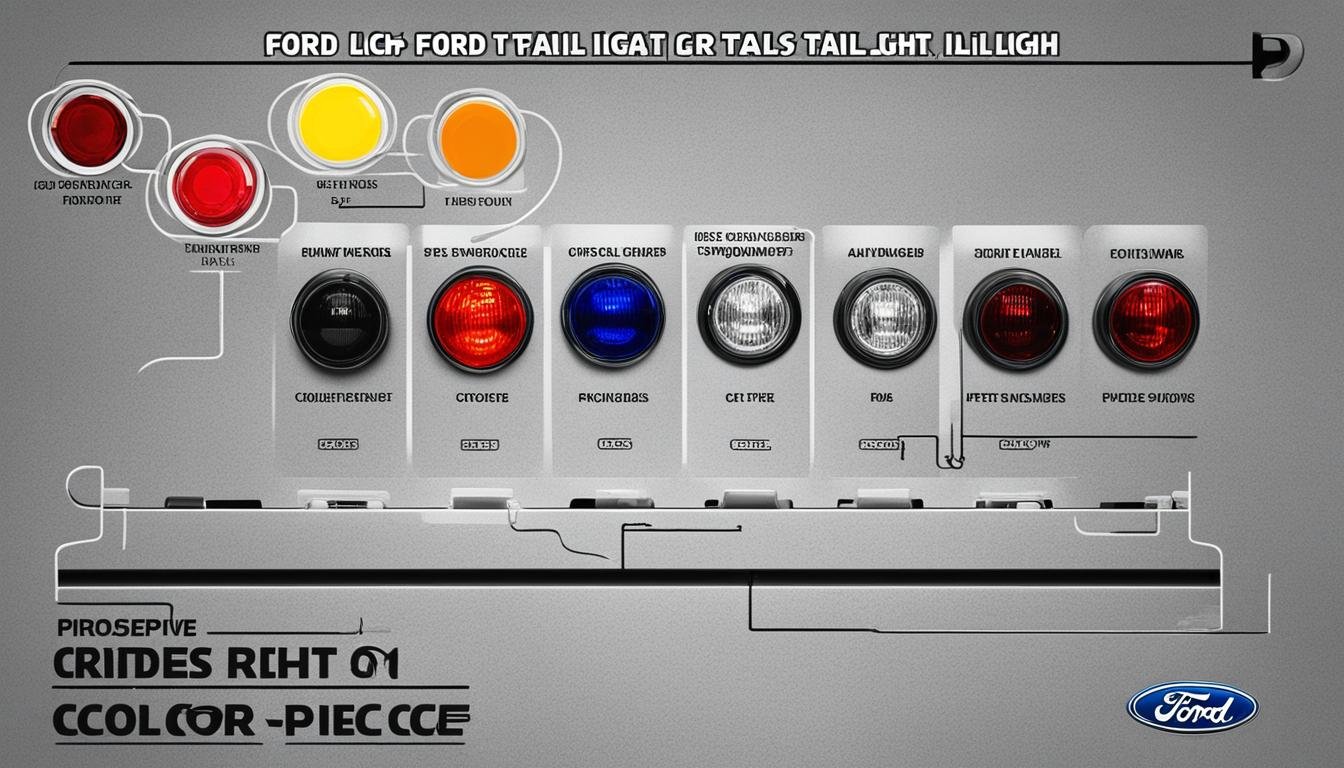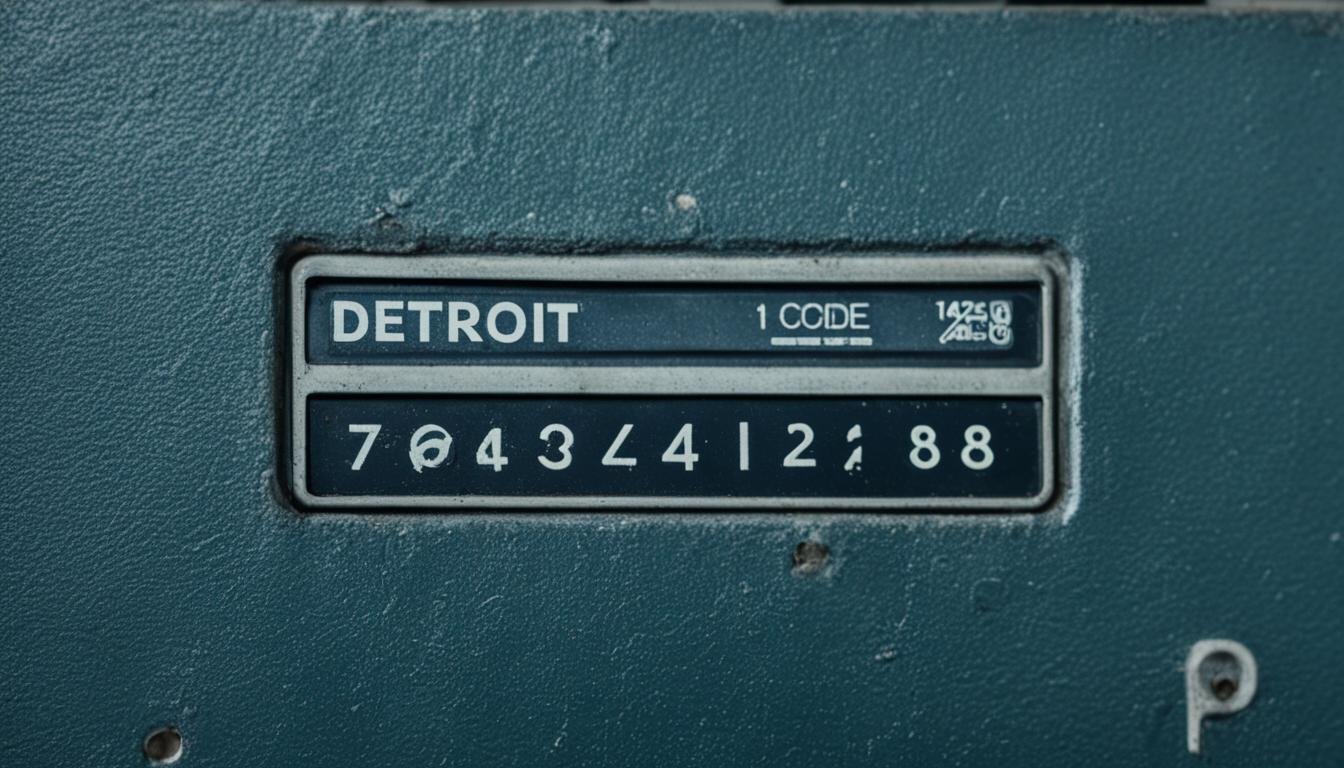Imagine a cozy winter evening, curled up next to your pellet stove, enjoying the warmth and flickering flames. But suddenly, your tranquil moment is interrupted as an error code flashes on the stove’s control panel. E1. What does it mean? And how do you fix it?
Don’t worry, we’re here to help you resolve the E1 code on your pellet stove. This error code indicates a problem that needs to be addressed for your stove to operate smoothly and efficiently.
There can be various reasons why the E1 code appears, including issues with the exhaust blower, vacuum hose, vacuum switch, or the quality of the pellets being used. It’s essential to troubleshoot and resolve the E1 code to ensure your pellet stove functions safely and keeps you warm during the chilly winter days.
Common Fixes for E1 Code on Pellet Stove
If you are encountering the E1 code on your pellet stove, there are several common fixes you can try:
- Check the vacuum hose: Inspect the vacuum hose at the exhaust blower side to ensure it is not damaged or blocked. Clean the hose thoroughly and make sure it is securely connected to the exhaust blower chamber nipple.
- Test the vacuum switch: Check the vacuum switch for proper operation by gently sucking on the hose and listening for a clicking sound. If you hear the switch clicking, it indicates that it is functioning correctly.
- Inspect the quality of pellets: Examine the pellets being used in the stove and ensure they are of good quality. Poor-quality pellets can lead to obstructions or restrictions in the exhaust blower chamber, triggering the E1 code.
- Clean the stove regularly: Regularly clean the stove to prevent any buildup or blockages that could trigger the E1 code. Pay special attention to the exhaust blower chamber and ensure it is free from any debris or obstructions.
Implementing these common fixes can often resolve the E1 code issue on your pellet stove. However, if the problem persists, it is recommended to refer to the troubleshooting tips in the next section for further assistance.
Troubleshooting Tips for Pellet Stove E1 Code
If none of the common fixes mentioned above resolve the E1 code on your pellet stove, there are a few troubleshooting tips you can try.
1. Check the Air Intake Path
Ensure that the air intake path is free from debris or obstructions that may be restricting airflow. Clean the area around the combustion fan to improve ventilation and prevent the E1 code from appearing.
2. Adjust Fan Speed Settings
Access the service menu of your pellet stove to check the fan speed settings. If necessary, adjust the fan speed to a higher setting. Increasing the fan speed can enhance heat dissipation from the temperature sensor, helping to prevent the E1 code.
3. Inspect Flame Sensor and Room Sensor
Examine the connections and condition of the flame sensor and room sensor. Ensure that both sensors are properly connected and not damaged. Faulty or loose connections can trigger the E1 code on your pellet stove.
By following these troubleshooting tips, you can take necessary DIY steps to resolve the E1 code on your pellet stove. If these methods do not work, it is recommended to seek professional assistance for further diagnosis and repair.

| Troubleshooting Tips for E1 Code on Pellet Stove |
|---|
| 1. Check the air intake path and remove debris or obstructions. |
| 2. Adjust the fan speed settings to a higher setting. |
| 3. Inspect and ensure proper connections of the flame sensor and room sensor. |
Conclusion
Resolving the E1 code on your pellet stove is crucial for ensuring the safety and efficiency of its operation. By following the troubleshooting steps and common fixes outlined in this guide, you can successfully identify and address the underlying issues that cause the E1 code.
Regularly cleaning your stove and using high-quality pellets are important preventative measures to avoid future problems and the recurrence of the E1 code. Remember, a well-maintained pellet stove not only provides warmth and comfort but also contributes to a healthier and cleaner environment.
If you find yourself uncertain or unable to fix the E1 code on your own, we highly recommend seeking professional assistance. Certified technicians have the expertise and knowledge to diagnose and repair your pellet stove correctly and safely, ensuring optimal performance for years to come.
FAQ
How do I fix the E1 code on my pellet stove?
The E1 code on a pellet stove indicates an error that needs to be resolved for the stove to function properly. To fix it, you can try several common fixes. First, check the vacuum hose to ensure it is not damaged or blocked. Clean the hose and make sure it is securely connected to the exhaust blower chamber nipple. Next, check the vacuum switch by sucking on the hose and listening for a clicking sound. If it clicks, the switch is functioning correctly. Additionally, inspect the pellets being used and make sure they are of good quality and not causing any obstruction or restriction in the exhaust blower chamber. Finally, clean the stove regularly to prevent any buildup or blockages that could trigger the E1 code.
What are some common fixes for the E1 code on a pellet stove?
Some common fixes for the E1 code on a pellet stove include checking the vacuum hose, inspecting the vacuum switch, examining the quality of the pellets, and cleaning the stove regularly. By troubleshooting and addressing these potential issues, you can resolve the E1 code and ensure your pellet stove operates safely and efficiently.
What are some troubleshooting tips for the E1 code on a pellet stove?
If the common fixes mentioned above do not resolve the E1 code on your pellet stove, there are a few troubleshooting tips you can try. First, check the air intake path and ensure it is not blocked with debris. Clean the area around the combustion fan to improve airflow. Next, verify the fan speed settings in the service menu and adjust if necessary. A higher fan speed can help prevent the E1 code. Finally, inspect the connections and integrity of the flame sensor and room sensor. Ensure they are properly connected and not damaged.






Leave a Reply